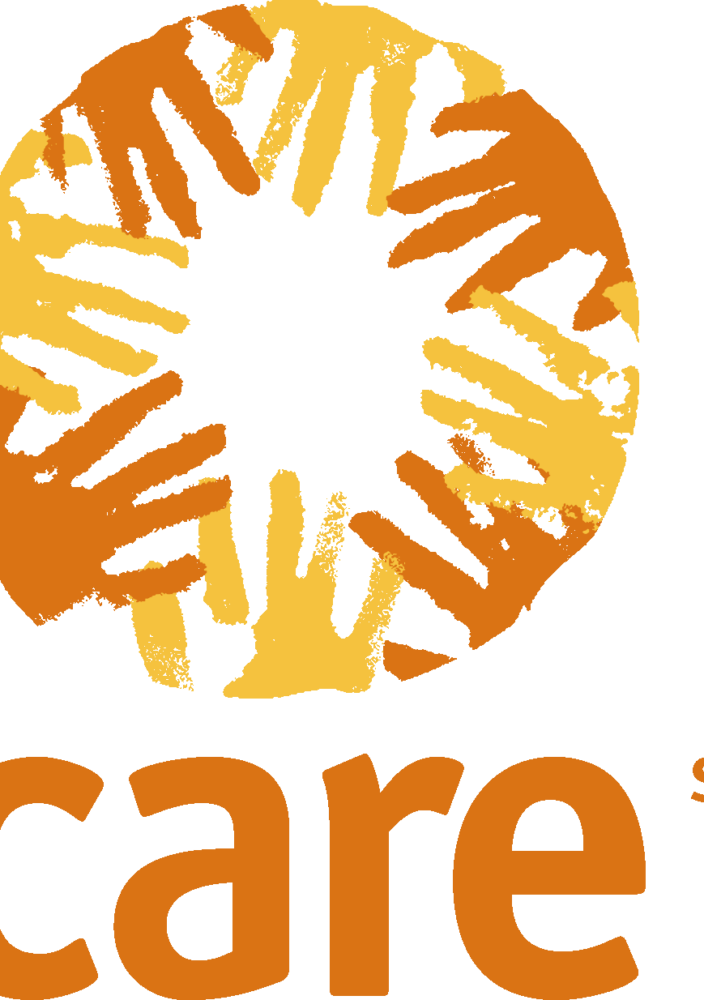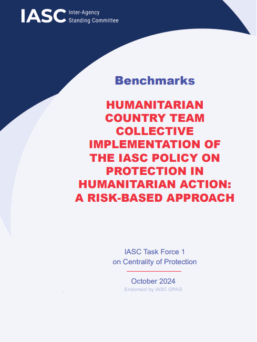In fall of 2017, InterAction initiated a Call for Examples of tools, methods, and approaches which collect and analyze data and measure changes in protection risks and protection outcomes. Of particular interest were participatory methods and tools which engage the affected population in the response design, data collection, and analysis of protection issues.
One particular tool of interest came from CARE’s Gender Analysis Toolkit – the Village Histories and Trends Tool.
PURPOSE OF TOOL
To understand trends and history from the local perspective and map out developments in various arenas. The tool captures key internal and external events that had a transformative effect (positive or negative) on the community.
This tool seeks to work with communities in the assessment process, analysis, and project design – while also equipping community champions with facilitation tools to continue analysis to inform advocacy and community organization efforts throughout the lifecycle of the program. The approach allows the facilitator to understand how the community is spatially organized in terms of neighborhoods, resource distribution, and types of homes people live in (power and resource mapping exercise). At the same time, village elders and other community members are engaged to construct a time matrix or village history that captures defining moments beginning with first settlement of the community. In mapping the history and important events (across political, economic, environmental, epidemiological, developmental, and cultural spheres) we can draw out nuanced aspects of the risk environment, as the community themselves sees it.
CARE furthermore points to the importance of recognizing the limitations of a single analysis tool and promotes the use of complementary tools and mixed methods to gain a more comprehensive understanding throughout the response, not only at “assessment phase”. CARE notes that other complementary tools (such as Community Social and Resource Mapping, Power Mapping, Well-Being Analysis, and other methods for understanding stakeholders and relationships) would be useful to use alongside to deepen the contextual analysis.
In one case example from Nepal, CARE used several participatory methods and tools to build their analysis around resource distribution, land tenure relations, access to resources, caste and gender dynamics, and forms of exploitation in the Chuli region:
CARE Field staff in three working areas of Chuli started with working with Village Development Councils to identify members of local government and informal elites to map power centers through a Resource and Social mapping exercise, conducted a transect walk to understand how community is spatially organized and resource distribution within neighborhoods as well as to understand community activities and identify neutral spaces to hold discussions. Building on the exercise, facilitators could identify elderly community members to participate in the village histories and trends exercise, where these elderly community members worked to construct a timeline of the village starting from its initial settlement to present identifying key defining periods in its history. Within those time periods they were able to discuss key events and the protective impact that they had on the community as well as the role that the community took on in response.
Participatory analytical methods, like the Village Histories and Trends tool (as well as other approaches like assets-based development ), can help us better understand threats and vulnerabilities facing populations; however, they can also point to community capacity and the self-protective mechanisms that may already exist in a community. By grounding analysis in the experience of the affected population, we can contextualize the risk patterns based off the historical environment and help design more appropriate and impactful interventions building off of existing resources and capacities.



